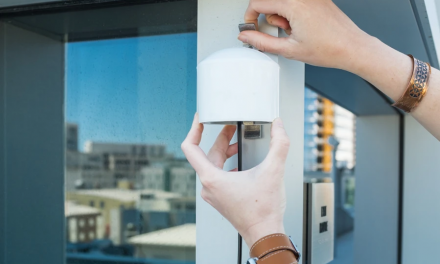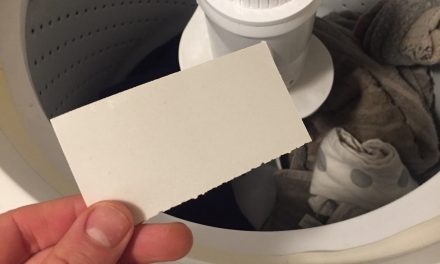Electronics are ubiquitous in our life… until they get old. Then it’s out of sight, out of mind. But what happens to old electronics after they finally escape the kitchen junk drawer. (Yes, we all have that drawer).
Electronics today are designed to be hard to fix in order to maintain a slim design. This means it can be more cost effective just to buy a new device. Further, Apple has come under fire for subtly encouraging users to buy new devices with IOS upgrades that will only operate on newer phones. These systems make it tempting to buy new products every couple of years and major environmental consequences.
The old electronics problem
In the United States it’s common to simply throw devices in the trash. But this wastes valuable resources found inside electronics including gold, silver, and platinum. Sadly, mining operations for these resources mar ecosystems.
Even if electronics are recycled, it is often not done properly. The US sends a majority of our e-waste to other countries, like India, that have less strict environmental policies. Overseas recyclers often burn or smash old electronics to get to the valuable parts inside. These activities release toxic fumes, expose workers to deadly amounts of pollutants, and contaminate the groundwater.

Solutions for your old electronics
To help make the electronics industry more sustainable, there are three main strategies:
- Try only to buy new products if you really need them, not because something is slightly quicker or brighter or with a heavily marketed “form factor.”
- For items that are still in working condition, try to give them a second life. Options include donating, updating software, fixing the item, or using secondhand markets like eBay.
- When an item is at the end of its life, it should be disposed of properly. Look for an E-cycling drop-off near you, like this one at Woodland Park Zoo in Seattle.
Check out our recap of Woodland Park Zoo’s environmental efforts, including an app for identifying products made with responsibly sourced palm-oil.
Commercial and public recycling Programs
Best Buy, the US’ largest big box electronics store, wishes to be part of the solution and admits technology is “the fastest growing waste stream on the planet.” Some details on what the store will and will not take back are here.
Best Buy has already recycled more than a billion pounds of everything from ink toner and cell phones to TVs and major appliances. You may wish to make sure they’ll take what you’ve got (example: yes to rechargeable batteries, no to alkaline) before you bring it in.
E-tailing behemoth Amazon.com, meanwhile, wants to encourage you to trade in what works, and to recycle what does not work. Details on their recycling program are here.
Staples, similarly, has a beneficial recycling program. They also provide a list of items they won’t take; including non-rechargeable batteries, alkaline batteries and smoke detectors, which have toxic parts.
Seattle has an e-cycle program dedicated to providing free, environmentally friendly e-waste recycling. This program covers TVs, laptops and tablets. Most of the devices are disassembled in Washington or processed in approved out-of-state facilities.
Washington State has statewide “e-cycle Washington” program. Unfortunately, in a recent scandal, the largest participant in the e-cycle program made fraudulent claims regarding their practices. Total Recall, based in Bonney Lake, had a “domestic and safe” recycling program that sometimes stored electronics unsafely and shipped them to Hong Kong...
The lists of items that retailers won’t take, and the controversies that have emerged from some recycling firms, just goes to show that recycling electronics is no easy task and may may still be expensive! Holding off on a purchase altogether, and fixing older “must have” items, may be better for the planet…











Woodland Park Zoo collects handheld electronics that are responsibly recycled through ECOCELL, a no landfill organization that pulls the coltan out for reuse. Coltan is a mineral mined in Africa, precisely where gorillas live. By bringing your handheld electronics to the Woodland Park Zoo and dropping them off, we’re able to reuse coltan, not add to landfills, and save gorillas in Africa.
Very cool! Thanks for the input, Bobbi!